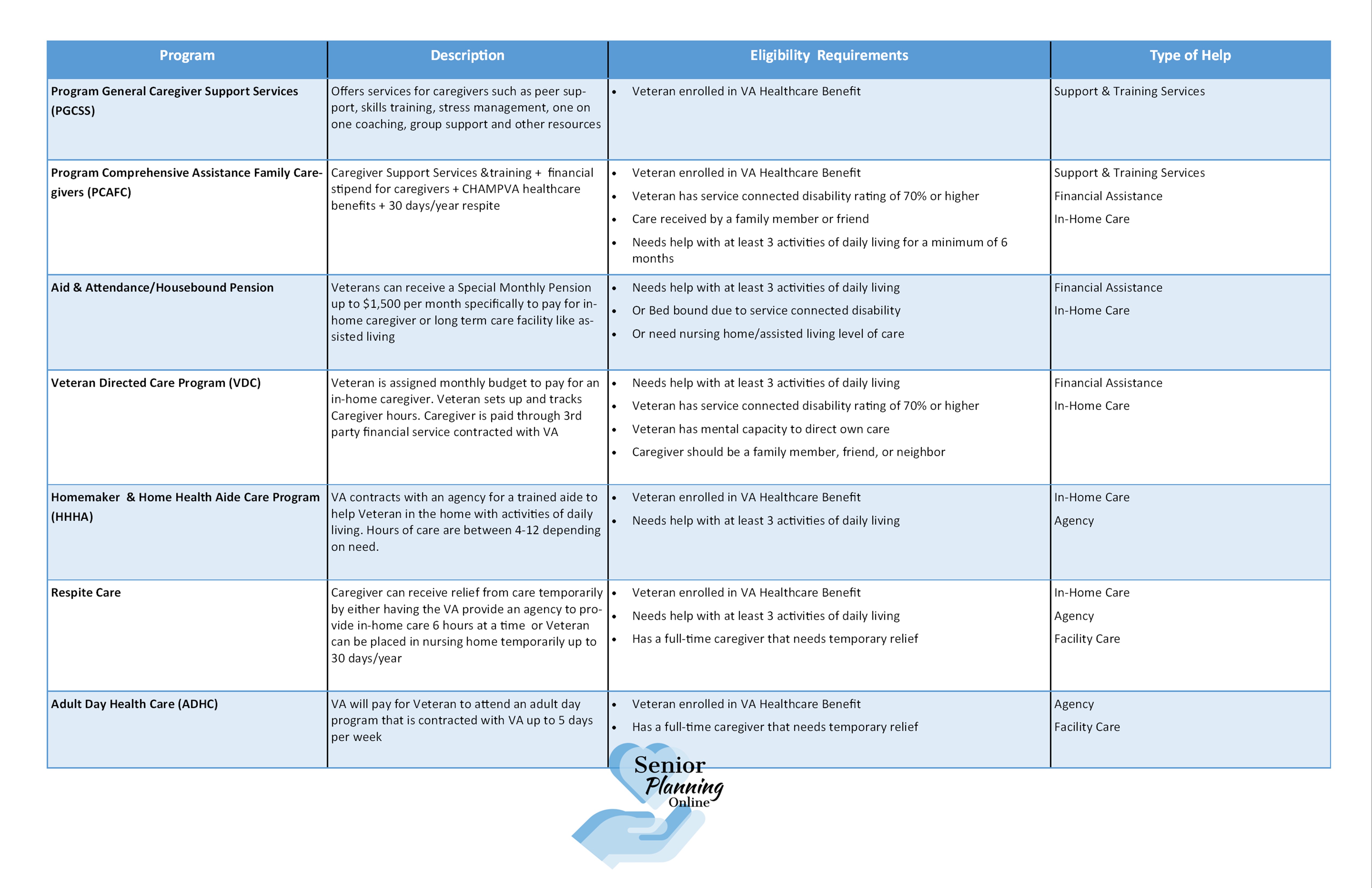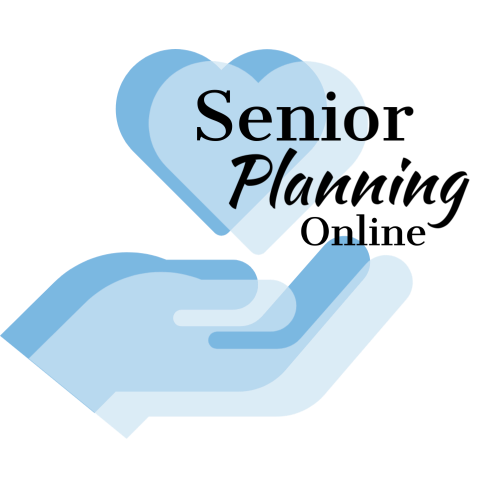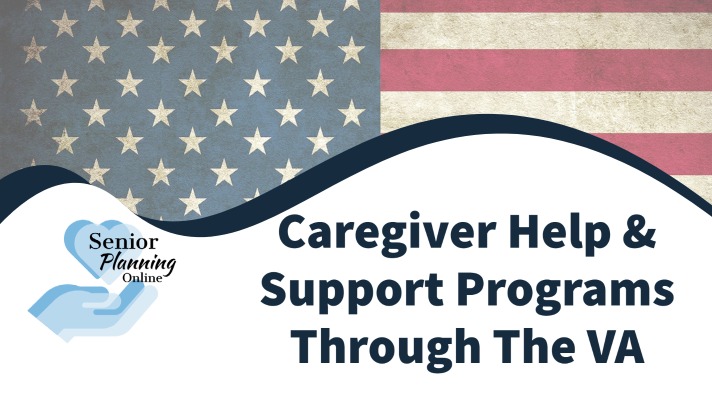Over 5 million people in the US are caregivers for Veterans. And I suspect there will be a continued increase because about 20% of Americans are baby boomers.
I work with many of these caregivers on a daily basis. I can see the exhaustion in their face, the hopelessness in their eyes, the guilt in their voice. Caregiving is the most difficult thing to do, in my opinion. It is both physically and emotionally taxing.
According to an AARP survey, about 40% of caregivers felt emotionally stressed and experienced burnout.
This includes caregivers caring for our Veterans. I would say in some ways, caregivers for Veterans may experience a higher rate of burnout. Caring for someone who has either been diagnosed or treated for PTSD and other chronic mental illnesses that Veteran’s experience, is more than exhausting. Sometimes it is down right scary.
More credit, love, caring, understanding and help need to given to caregivers. Especially caregivers of Veterans. So in this post I’m going to go over some Caregiver Help & Support programs through the VA.
Every circumstance is different, but here are some VA resources to help get you started on obtaining some help as a caregiver.
Caregiver Help Programs
I have been surprised to learn about so many resource for Veterans within the VA system. I was even more surprised to learn about some programs specifically designed for caregivers of Veterans. These are programs you may or may not know about. But I’m hoping to give you some more details and insight into these programs.
The question I get most often is, will the VA pay for a Caregiver?
The answer lies below in many forms. We will talk about all of them.
There are three main options available to help caregivers and support them through the VA.
VA Caregiver Support Program
So under the VA Caregiver Support Program, there are 2
1. Program General Caregiver Support Services
This program helps support caregivers of Veterans who are enrolled in VA Healthcare. If you are unsure the Veteran you are caring for is enrolled in the VA Healthcare program, you can ask the Veteran to contact the VA system in your area. If you are caring for a Veteran who has not yet enrolled in the VA Healthcare program, here is a post that provides information on what it is and how to apply for this benefit: “6 VA Benefits for Veterans”.
Once a Veteran is enrolled in the VA Healthcare benefits, the caregiver or the Veteran can contact the closest VA health system and ask to speak with the Caregiver Support Program (CSP).
The Caregiver Support Program (CSP) team will help you navigate their services and get access to resources to help you care for the Veteran.
Services through the Program General Caregiver Support Services (PGCSS) include the following:
- Connecting with other Caregivers for Peer Support and Mentoring
- Various Skills Training for Caregivers of Veterans
- Text Messaging and Phone support to help manage the stressors of being a caregiver
- One on One Coaching for Caregivers to ensure self-care
- Group Support
- Providing Information and Access to Resources for Caregivers both through the VA and in the Community
2. Program Comprehensive Assistance Family Caregivers
The Program Comprehensive Assistance Family Caregivers (PCAFC) benefit is for Caregivers of Veterans who are enrolled in the VA Healthcare program AND have a Service-connected disability rating of 70% or higher.
To learn more about Service-connected disability rating, check out “How Veterans can Apply for Tax-Free VA Disability Compensation”.
This program provides the same services and resources as the PGCSS program as mentioned above. However, the additional resource is a financial stipend for caregivers. So as a caregiver for an eligible Veteran you can get paid to be their caregiver.
Additionally caregivers of Veterans who are eligible for this program may also receive mental health counseling, financial assistance for any travel and lodging expenses necessary for Veteran’s healthcare appointments, CHAMPVA Healthcare benefits and at least 30 days per year of respite care for the Veteran.
To apply for this program, Caregivers and Veterans need to complete the VA Form 10-10CG or you can apply online: HERE.
Aid and Attendance & Housebound Pension
Veterans who are not eligible for the Program Comprehensive Assistance Family Caregivers (PCAFC) may qualify for a different option of financial assistance.
Through Aid and Attendance, Veterans can receive a special monthly pension. They can use this special pension to help pay for care either by a in-home caregiver or sometimes used to help pay for an Independent Living or Assisted Living Facility.
Some Veterans can receive up to $1,500 per month for this special pension or stipend. This money does not go directly to the caregiver, instead it is given to the Veteran and the Veteran decides how to utilize it for his care.
There are requirements a Veteran must meet to qualify for this pension:
At least one or more of the following are true–
- Veteran requires help to perform activities of daily living including: bathing, feeding, dressing, toileting etc
- The Veteran’s disability requires Veteran to stay in bed when not receiving treatment
- The Veteran is in a nursing home due to mental or physical incapacity
- The Veteran is blind
If a Veteran is Housebound and they have a single permanent disability rating of 100%, they can qualify for a similar benefit called the Housebound Benefit.
To apply for either one of these benefits, the Veteran will need to complete the VA Form 21-2680 and mail it to the correct Regional Office.
Geriatrics & Extended Care program- Respite Care/ Nursing Home respite
There are also a few programs that are under the VA’s Geriatric & Extended Care programs. There are usually specific criteria that have to be met. Some VA locations can be more lenient on criteria, you just have to ask.
Veteran Directed Care Program
The Veteran Directed Care (VDC) program is one that services eligible Veterans who are at risk of nursing home placement. The Veteran may need assistance with activities of daily living, personal care, help with meals and transportation to appointments.
The VDC provides a budget to the Veteran and is geared more towards giving the Veteran the ability to direct their own care. The Veteran doesn’t actually receive this “budget” in their bank account.
Rather, the VA works in conjunction with programs that are part of the Medicaid Home and Community Based Services program.
If you don’t know what this program is, check out the post: “7 Services Through Medicaid to Help Seniors Stay Independent”.
Essentially the VA contracts with your area’s community aging services to provide case management services for the Veteran. They also contract with a financial management service to make sure the caregivers are paid.
The Veteran is responsible for arranging the care with the caregivers to meet their needs. And then the caregivers have to turn in time sheets to the Veteran or an authorized representative so that they can get paid through the financial management service.
A frequent question that is asked is, Can a Family member get paid for taking care of a Veteran?
Yes! Veterans often can hire friends, family or neighbors to be their caregiver with this program.
Homemaker and Home Health Aide Care Program
This is a program through the VA that can send a trained person from an agency to come and help with personal care and daily activities. Usually the VA will approve between 4-12 hours per week, depending on the level of care needed.
If a Veteran is working towards recovery at home and needs extra help, often times they can be set up with the Homemaker and Home Health Aide Care program in addition to Skilled Home Health Care services.
See “Beginner’s Guide to Home Health Care Services” to understand what skilled home health is.
Adult Day Health Care
Day care isn’t just for children. It’s also a program for adults. It’s geared towards their needs as an adult for socialization, physical health, and encourages creativity.
Adult Day Healthcare is a program that a Veteran can attend during the day for all of these things. This can help caregivers get a break and avoid burnout.
Veterans may go half a day or a full day, typically up to 5 days a week. This all depends on your local VA system though.
The VA usually contracts with local Adult Day programs in your local area. So it’s best for you to reach out to the closest VA and ask to speak with a social worker about this benefit.
Respite Care
Some Veterans may meet eligibility to receive respite care for 30 days per calendar year. Those 30 days can be split up or used all together for that year.
Respite care can either be by receiving care at home or at a nursing home. The VA may pay for a caregiver to provide care for the Veteran for up to 6 hours at a time. This can give the primary caregiver a break to relax, run errands, or just have time to themselves.
Nursing Home Respite care takes place in a nursing home. So the Veteran stays in a room at a nursing facility while receiving 24 hours of skilled care. This allows caregivers to get out of town for a few days without worrying about the Veteran.
For more information on what Respite care is, Check out: “5 Ways to Pay for Respite Care for Caregiver Relief”.
The Bottom Line
The VA has several different programs to help support Caregivers who are caring for Veterans. Caregiver help from a family member, agency, program or facility are accessible to eligible Veterans.
Be aware that sometimes there may be a co-pay required to receive some of these services. It depends on the Veteran’s Service Connected Disability and their Priority Group.
You can gain access to these programs and find out if a Veteran qualifies for any of these services by contacting your local VA health system and asking to speak with a social worker.
Caregivers can get paid by the VA to care for a Veteran. Caregivers can also get additional peer support and training by the VA. Additionally Veterans may qualify for different financial programs that help pay for the care and support they need.
Ultimately the goals it to help Veterans stay in their home for as long as possible while promoting quality care and safety.



No responses yet